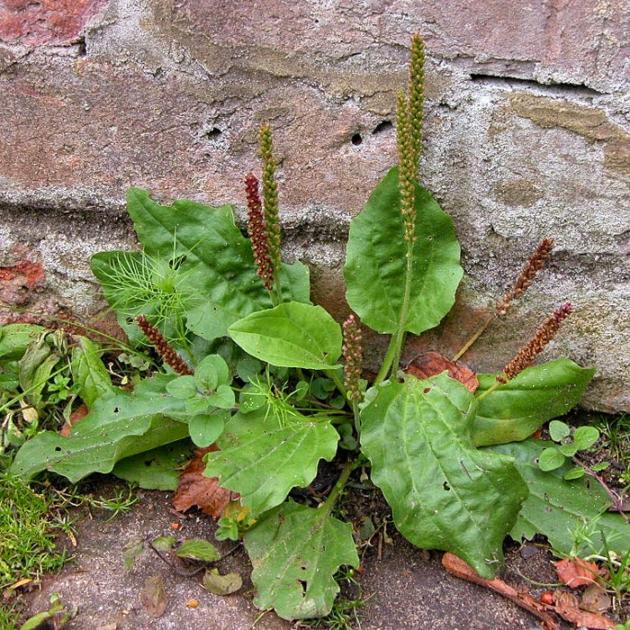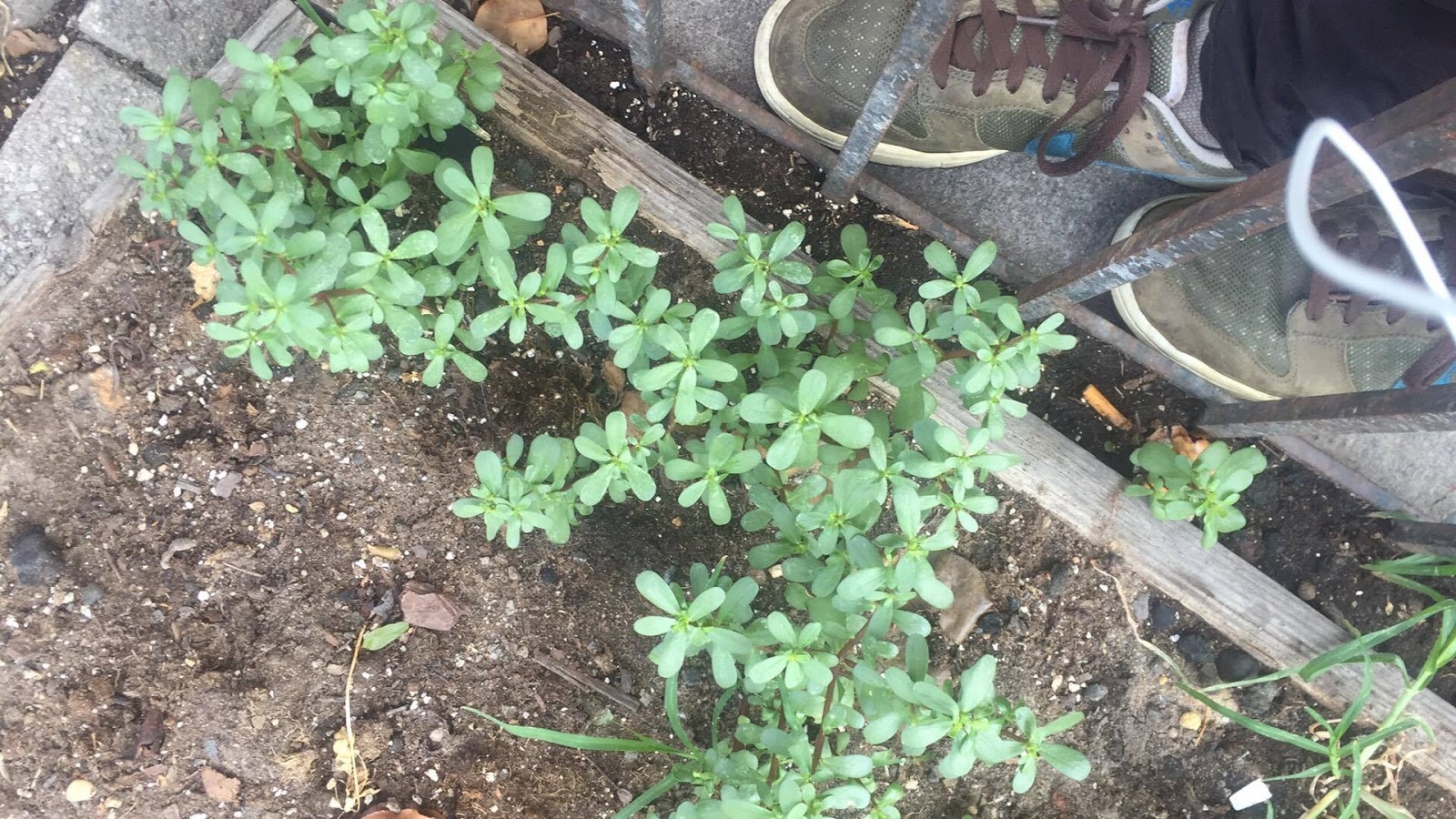You may not know it, but tasty, nutritious food is all around you. Here is a list of herbs and greens that you can find in an urban setting while on your way to grab your morning coffee or your way home from work.
I’ll also emphasize that while urban foraging is a fairly accessible activity that can be done with very little experience, you do want to make sure that you are confident with your identifications, and to also make sure to forage and harvest in environments that are free of chemical/ or anti-weed spray.
Dandelions – Perhaps this is the plant that you picked at some point in your childhood to blow the white puffball of seeds off, before making a wish. Turns out the plant is also incredibly beneficial to our health, and you can find it pretty much everywhere you look. When harvesting dandelion you can eat the roots, stem, leaves, and the bright yellow flower. The leaves are where you stand to gain the most benefit nutrient wise. They are known to be extremely detoxifying, and are great for cleansing your system in preparation for the spring and summer seasons. They are chock full with vitamins, especially vitamins K, A , and C, as well as being a solid plant-based source of calcium. Dandelion leaves are a great base to a summer salad, and provide an excellent bitter kick. If you dry the leaves, they also make for a very cleansing and tasty tea.
Purslane – To many farmers, purslane is a highly invasive weed, which is routinely removed in order to allow for their desired crops to be able to thrive. The plant grows pretty much anywhere there is soil, and grows on all seven continents. Purslane loves sun and heat, so look for this plant during the peak of summer. While commonly attributed an enemy by farmers, purslane is actually an extremely nutritious and tasty super food. It has more omega-3 fatty acids (promotes heart health, helps combat depression, and more) per weight than any other plant on our planet. Purslane is also incredibly high in vitamins A, B, C, and E. Purslane is fresh and crunchy, with a tang and a slight citrus undertone, and I find that purslane is best enjoyed raw, in summer salads with other fresh seasonal produce.
The Nosher celebrates the traditions and recipes that have brought Jews together for centuries. Donate today to keep The Nosher's stories and recipes accessible to all.
Plantain – Plantain is another plant that commonly makes a home for itself on driveways and sidewalk cracks. It is not related to its similarly named banana-like, tropical plant. Plantain has edible leaves and seeds, as well as serving as one of the best known natural remedies for bug bites and stings. The leaves have anti-inflammatory and pain relieving properties, and can be used topically, by breaking up and crushing the plant and rubbing it on bites and burns. Similar to dandelion, it is incredibly detoxifying and is also very high in iron and other vitamins. Plantain leaves are tastiest for salads when they are smaller, earlier in the spring, as once they grow larger they tend to become more bitter and fibrous. The larger leafs act as a great and sustainable substitute to kale, and make for great chips when baked.

Acorns – When you first hear acorn, you tend to think of squirrels gathering their food source for the winter, but acorns are also a very beneficial food for us humans. In fact, they used to act as a dietary staple in many cultures, serving many of the same nutritional needs as grains do. Acorns are a great source of healthy fats, protein, and B vitamins, as well as being very high in magnesium. Acorns are the nuts of oak trees, which are plentiful in most urban settings. After shelling your acorns – which tend to be tougher than most nuts – you will want to boil them in water, in order to reduce their high tannin content. The water will then become incredibly rich with the tannins from the acorn, and can then be applied to the skin in order to help soothe cuts , rashes, or burns. You can then dry and grind your acorns into an acorn flour meal, or add this meal into a mix with other flours. Here are some really creative recipes using acorns and acorn flour.
Nettles – Stinging nettles are another plant that you can commonly find sprouting up in parks and urban gardens. You will want to wear gloves while harvesting them, in order to prevent getting a rash from the acid-filled needles on their leaves. Once cooked or boiled, the nettles will no longer have their stinging quality and will be ready for your consumption. Nettles taste similar to spinach and are great sauteed with a little bit of olive oil and seasoning, and they also make a very healing tea if boiled. Nettles are quite the superfood: they contain over ten times as much calcium as spinach, and are also high in magnesium and vitamin A. Nettles can also provide seasonal allergy relief by acting to reduce the body’s histamine production, which is a key cause of allergy symptoms.




